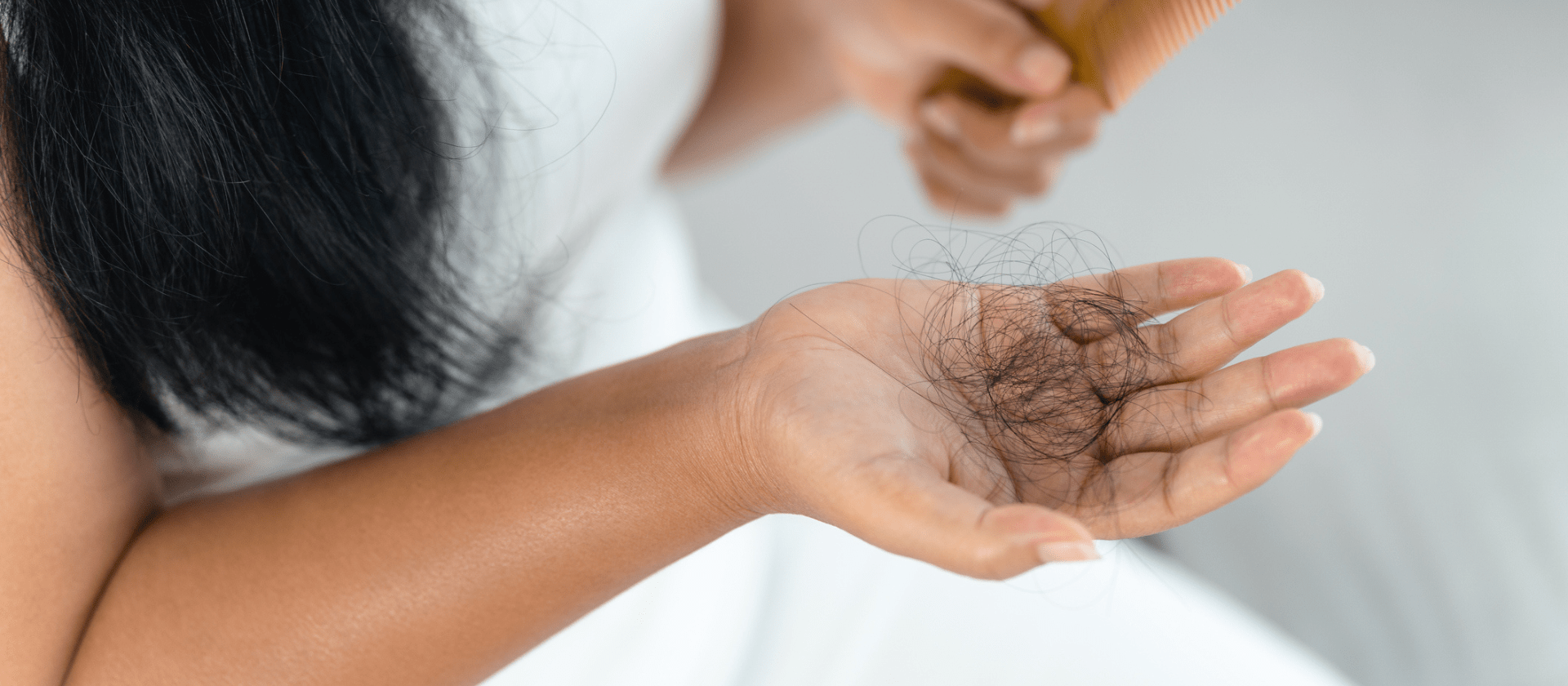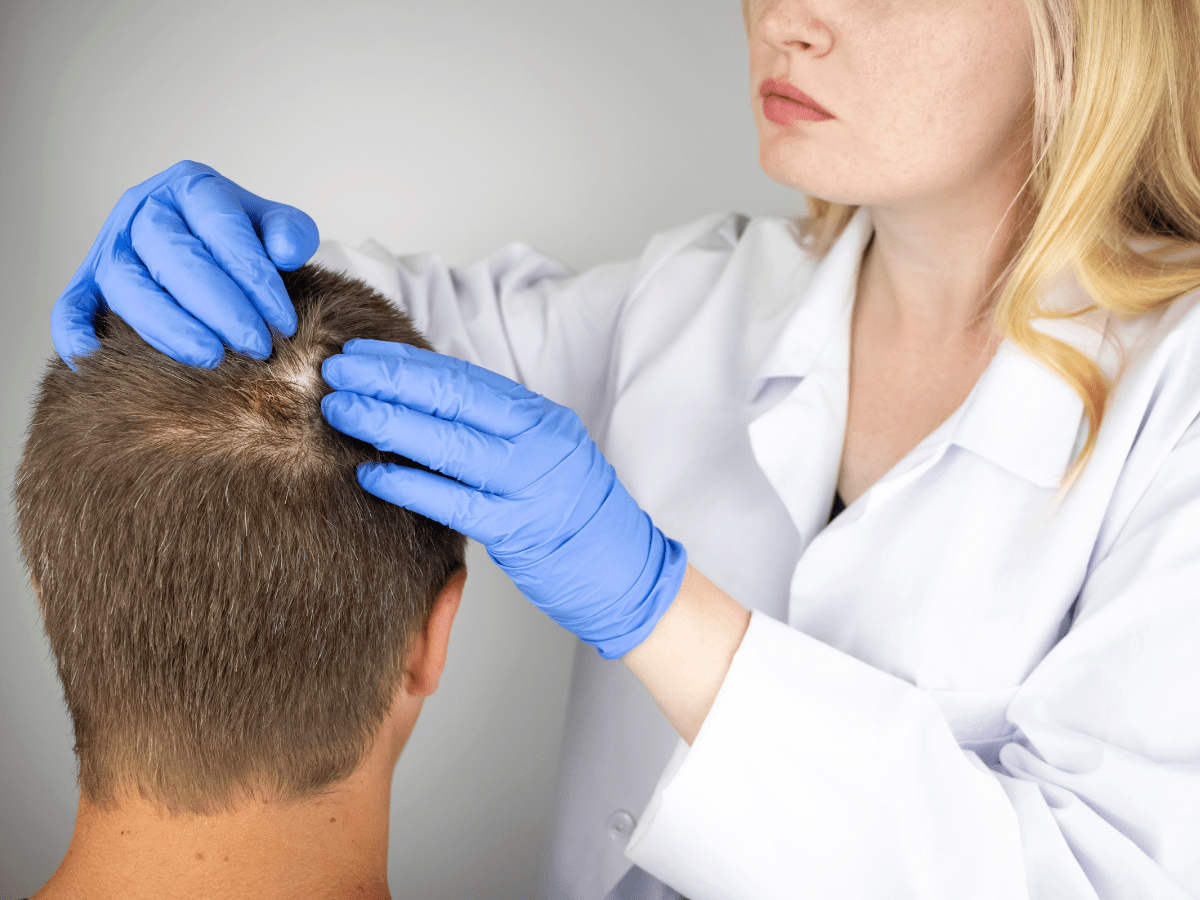What is Alopecia?
Alopecia is the medical term for hair loss. There are many types of hair loss including alopecia areata, androgenic areata, central centrifugal cicatricial alopecia, frontal fibrosing alopecia, and traction alopecia.
Alopecia areata is a common autoimmune condition, in which a person’s immune system attacks the hair follicles causing the hair to fall out. The extent of hair loss can vary from person to person.
Both Parents Must Have the Gene for Alopecia Areata to Pass to Their Children
With a single-gene condition, only one parent needs to have a copy of it to pass it along during fetal development. With poly-genic conditions like alopecia areata, both parents must possess the faulty gene for their children to inherit it. What this means for alopecia areata is that it is unlikely to be only a genetic condition. Scientists believe that environmental factors play a much bigger role.
TYPES
With alopecia areata, hair loss appears in one of the following ways:
- Alopecia Areata Patchy: This is the most common type of hair loss, and it causes dime-sized to quarter-sized patches of missing hair
- Alopecia Totalis: this term refers to the loss of all scalp hair.
- Alopecia Universalis: People with this condition have lost all body, face, and scalp hair.
SYMPTOMS
- Hair loss is mostly on one side of your scalp.
- Rows of tiny dents on your fingernails are referred to as pitting or stippling.
- Hairs appear narrow at the base and resemble an exclamation point.
People with alopecia areata are also more sensitive to damage from the sun. We recommend that you protect your ears, face, and head with a wide-brimmed hat whenever you spend more than a few minutes outside.
Visit Anne Arundel Dermatology Group
Our team provides thoughtful, expert care for all your skin health needs. We are proud to offer the most advanced general, surgical, and cosmetic dermatological services in the Mid-Atlantic and Southeastern regions.


